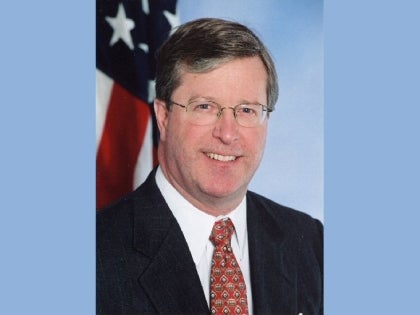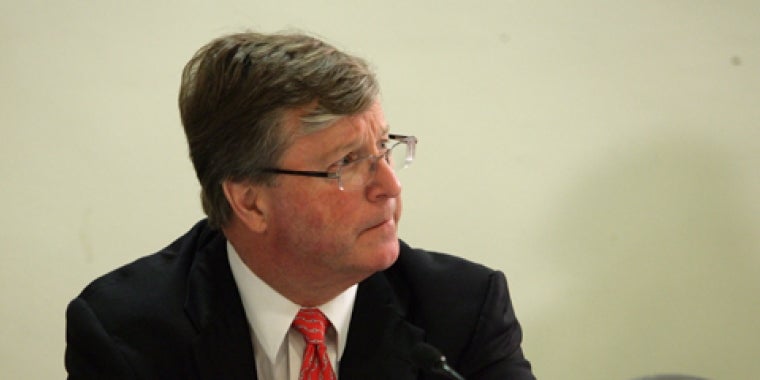
Yates On Board For Empire Zone
Elmira, N.Y.--State Senator George H. Winner, Jr. (R-C-I, Elmira) said today that Yates County is one of three counties included in the latest expansion of New York’s "Empire Zones" economic development program.
The designation of the new Empire Zones -- in Yates, Putnam and Hamilton counties -- was approved this morning at a meeting of the Empire State Development Corporation.
"It’s long-awaited and very positive economic news for Yates County and the entire region," said Winner. "An Empire Zone can help spur economic development and further strengthen the ability of the region as a whole to compete for jobs and future economic opportunities."
Winner said that today’s Empire Zones designations, which Winner first fought for and the Legislature authorized in the 2005-06 state budget, means that every county in New York State will now be home to a designated Empire Zone.
Winner’s 53rd Senate District includes four counties with existing zones: Chemung, Schuyler, Steuben and Tompkins.
The Empire Zones program was established in 1986. The zones were originally called "economic development zones." Intended to bolster areas with pockets of poverty, high unemployment, dilapidated industrial and commercial facilities and shrinking tax bases, businesses located within the zones receive significant tax reductions through a range of credits on items including wages, capital investment and property taxes.
Winner, who chairs the joint, bipartisan Legislative Commission on the Development of Rural Resources, is also continuing to sponsor legislation to restructure New York’s Empire Zone program so that it works more effectively in rural, upstate regions. His proposed legislation would promote flexibility and streamlining in the current Empire Zone program so that it’s more useful to rural areas and small business development.
"A cluster of small businesses can be an economic lifeline for a rural community," Winner said. "Many of the most economically challenged communities in this state are rural. It’s commonsense that New York’s No. 1 economic development tool should be able to work effectively in these communities."



